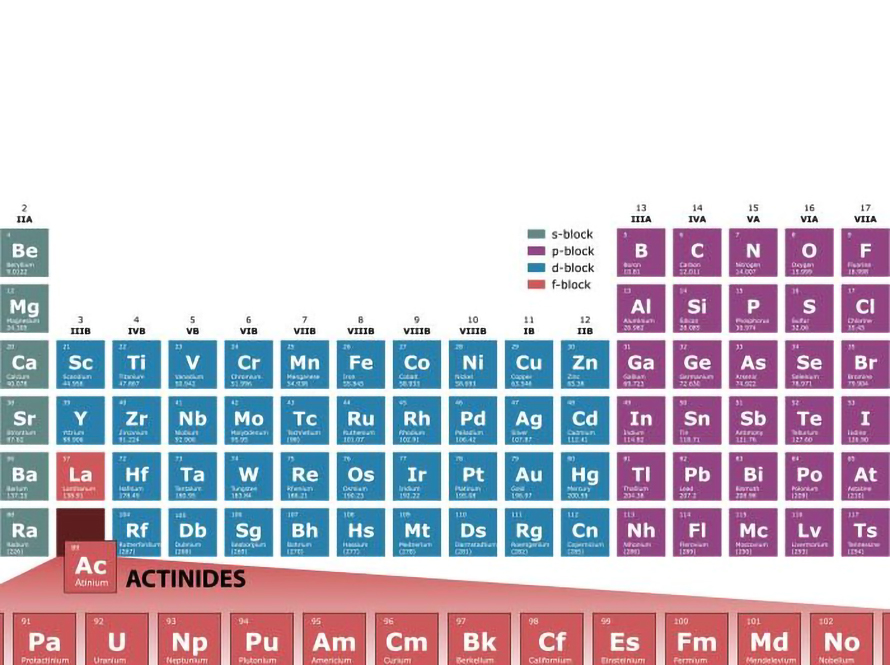
The Glenn T. Seaborg Center (GTSC) is a national facility founded in the spring of 1999 at Lawrence Berkeley National Laboratory (LBNL). Dedicated to Glenn T. Seaborg. The GTSC was created in memory of his legacy in research, teaching, and service to the country. We have a dual mission of scientific research and education: Our scientific goal is to understand fundamental heavy element chemical interactions in complex systems at the molecular level and across multiple length scales. We seek knowledge on the important processes and materials related to fundamental f-element science, rare-earth elements, actinides, and inorganic isotopes in the environment, and to nuclear chemistry and materials. Equally important is our mission to educate and train the current and next generation of scientists and thought leaders with proficiency in heavy element science. Our dual mission supports the U.S. Department of Energy’s critical role as the provider of fundamental, transformative science and trained personnel to meet national needs in Energy, Environmental, Health, and Security challenges, now and into the future.
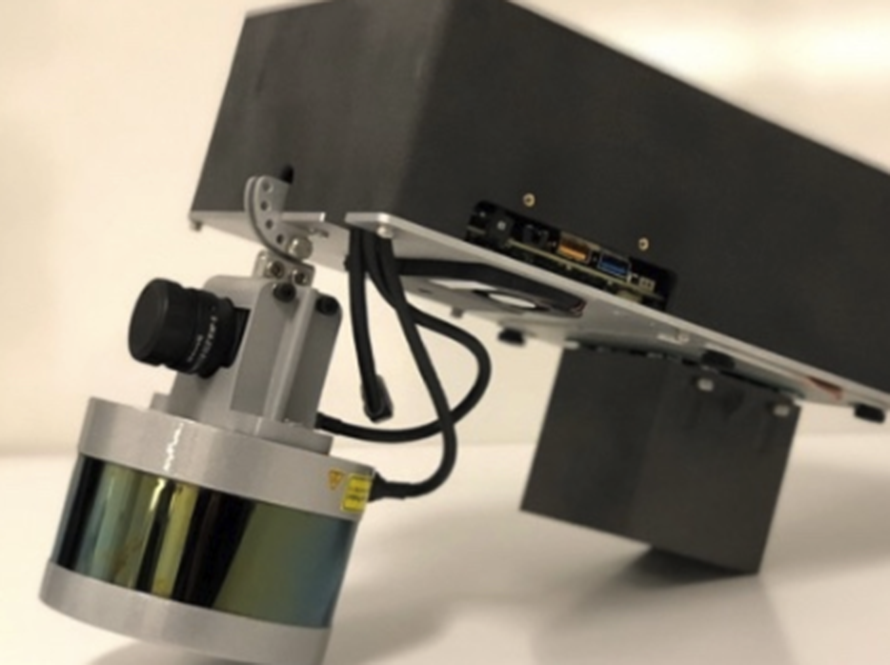
The Applied Nuclear Physics group is a research program in the Nuclear Science Division at Lawrence Berkeley National Laboratory. We perform research and development in the detection and imaging of radiation to address outstanding questions in basic science, nuclear security and safety, and medicine. Our activities range from developing new detector concepts to the demonstration of advanced sensor systems and algorithms in real-world environments. The Berkeley Applied Nuclear Physics Program consists of scientists, engineers, and postdoctoral researchers as well as students from the Departments of Nuclear Engineering, Physics, and Electrical Engineering and Computer Science at UC Berkeley.
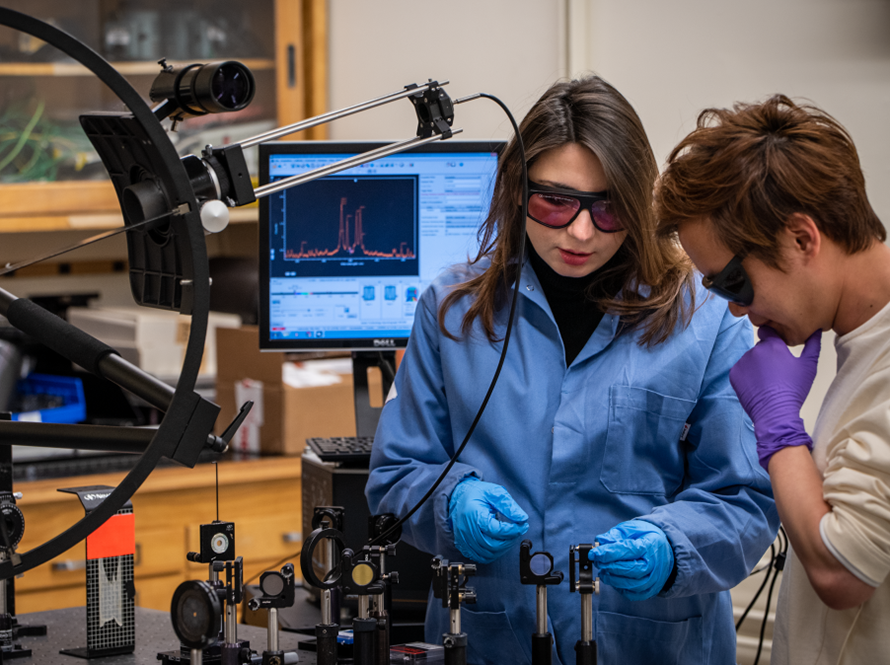
The Laser technologies group at Berkeley Lab focuses on addressing challenges related to remote detection of nuclear material and nuclear safeguards. Our goal is to ensure that nuclear materials are used for peaceful purposes rather than clandestine operations or weapons development. We specialize in research and development of novel spectroscopy techniques, primarily in the early development stages (TRL 1-4). These techniques offer higher sensitivity than current state-of-the-art methods, enable longer detection distances, and incorporate superior detector components. In our projects, our main roles involve developing innovative non-linear optical components for long-range detection, utilizing lasers to discover new signatures, enhancing detection sensitivity, and creating improved detector materials. Additionally, our work leverages our multi-area Laboratory Directed Research and Development (LDRD) project on self-driving labs to advance these strategies further.
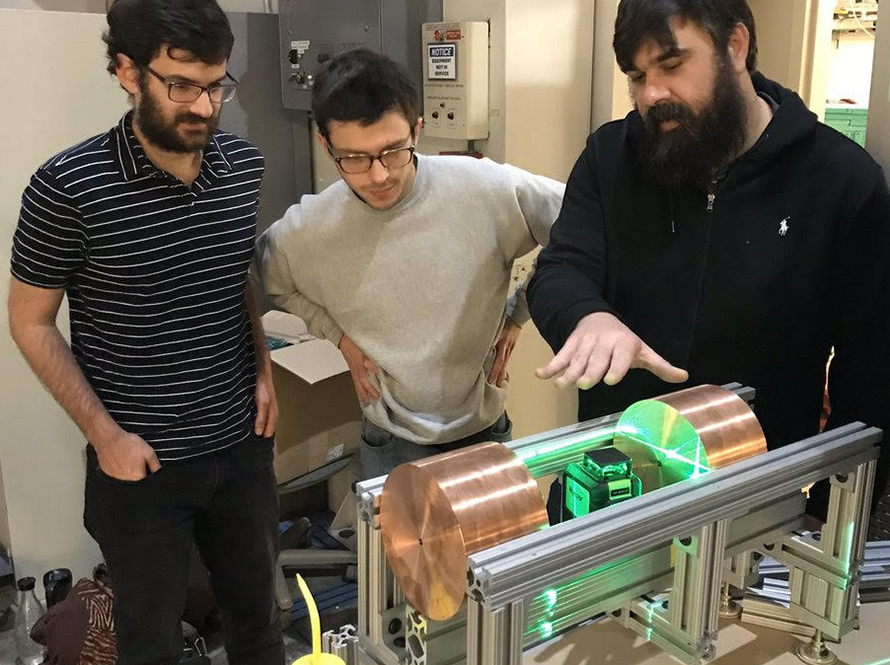
The Nuclear Data Program at Berkeley Lab is engaged in a wide range of experimental and evaluation activities to tackle nuclear data deficiencies. Our mission is to address the data needs of the basic and applied nuclear science community while training the next generation of nuclear scientists and engineers in the process. We specialize in isotope production, neutron-induced reaction cross section measurements, nuclear data evaluation, and natural language processing for nuclear science references. Much of our work takes place at the 88-Inch Cyclotron, a sector-focused cyclotron at Berkeley Lab with deuteron-breakup neutron beams as well as both light- and heavy-ion capabilities. We work closely with the Bay Area Neutron Group on a variety of efforts related to neutron detection and scintillator characterization for nuclear security applications.
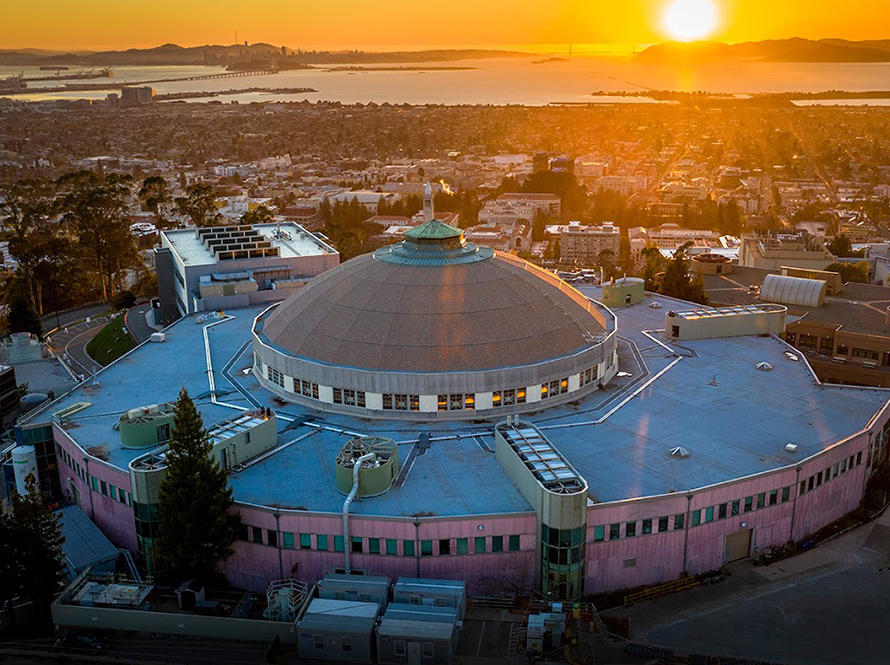
The Advanced Light Source (ALS) is a specialized particle accelerator that generates bright beams of x-ray light for scientific research. Electron bunches travel at nearly the speed of light in a circular path, emitting ultraviolet and x-ray light in the process. The light is directed through about 40 beamlines to numerous experimental endstations, where scientists from around the world (“users”) can conduct research in a wide variety of fields, including materials science, biology, chemistry, physics, and the environmental sciences. Operation of the ALS is funded by the U.S. Department of Energy, Office of Science, Basic Energy Sciences program. The wavelengths of the synchrotron light span the electromagnetic spectrum from infrared to x-rays and have just the right size and energy range for examining the atomic and electronic structure of matter. These two kinds of structure determine nearly all the commonly observed properties of matter, such as strength, chemical reactivity, thermal and electrical conductivity, and magnetism. The ability to probe these structures allows us to design materials with particular properties and understand biological processes inscrutable to visible light.